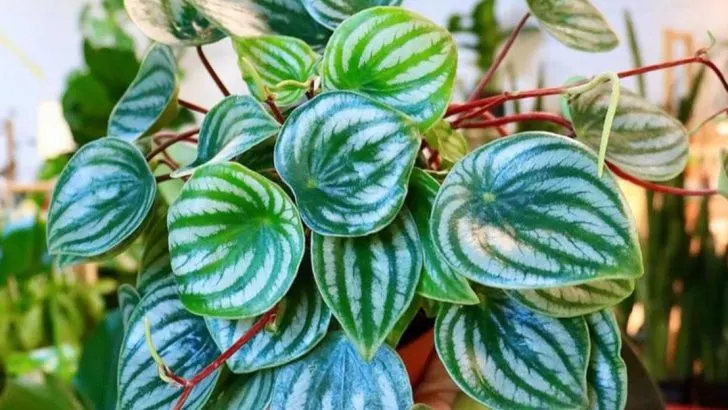Healthy plants don’t always need big interventions — sometimes, it’s the smallest adjustments that have the most powerful impact. From how you water to where you place your pots, subtle tweaks in your routine can lead to stronger roots, greener leaves, and more resilient growth.
Many gardeners overcomplicate things, thinking they need special tools, exotic fertilizers, or drastic overhauls. But in truth, plant health often comes down to consistency, observation, and a few smart changes that are easy to implement — and even easier to overlook.
In this article, we’ll share 10 tiny shifts that can transform your plants without adding extra work. Whether you’re tending to houseplants, balcony pots, or a backyard garden, these tips will help you grow smarter, not harder.
Consistent Watering Schedule
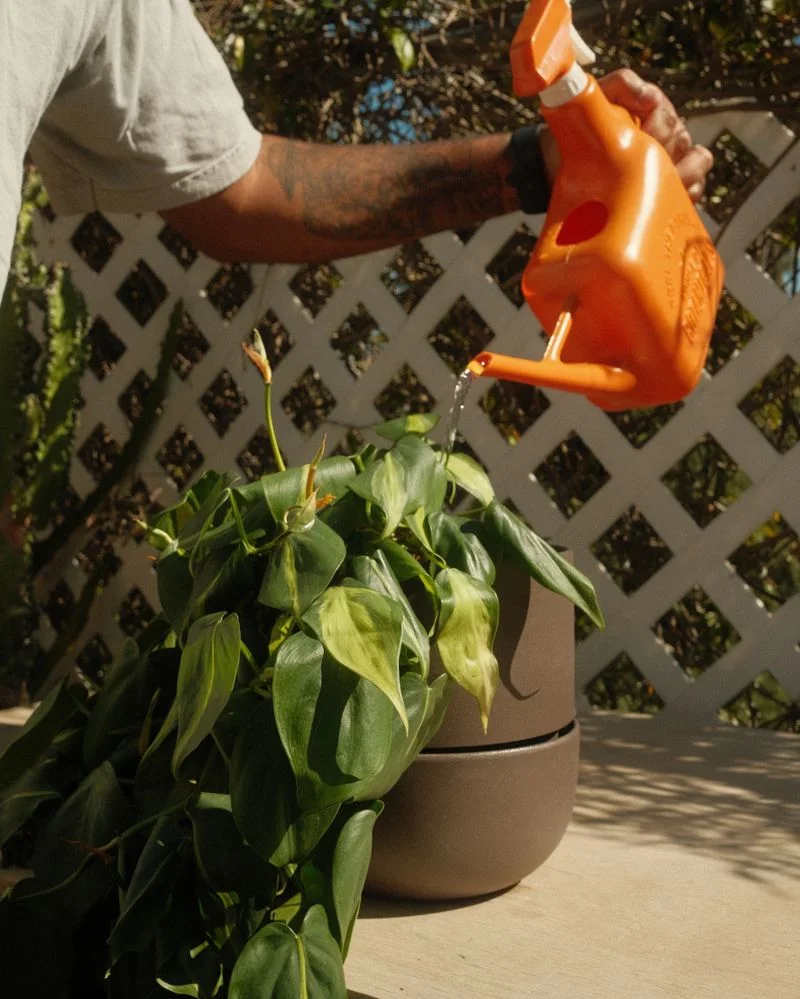
Struggling with wilting leaves? Adopting a consistent watering schedule can turn things around. Plants crave predictability, much like we do. By watering them at regular intervals, you cater to their natural rhythm.
Instead of soaking them sporadically, set a reminder for specific days. This simple routine diminishes the risk of over or under-watering, common plant-killers.
Observe your plant’s response. Some may need weekly hydration; others might wait longer. Tailoring this to individual needs enhances their vitality and appearance. Discovering this balance is a game-changer in plant care.
Proper Lighting
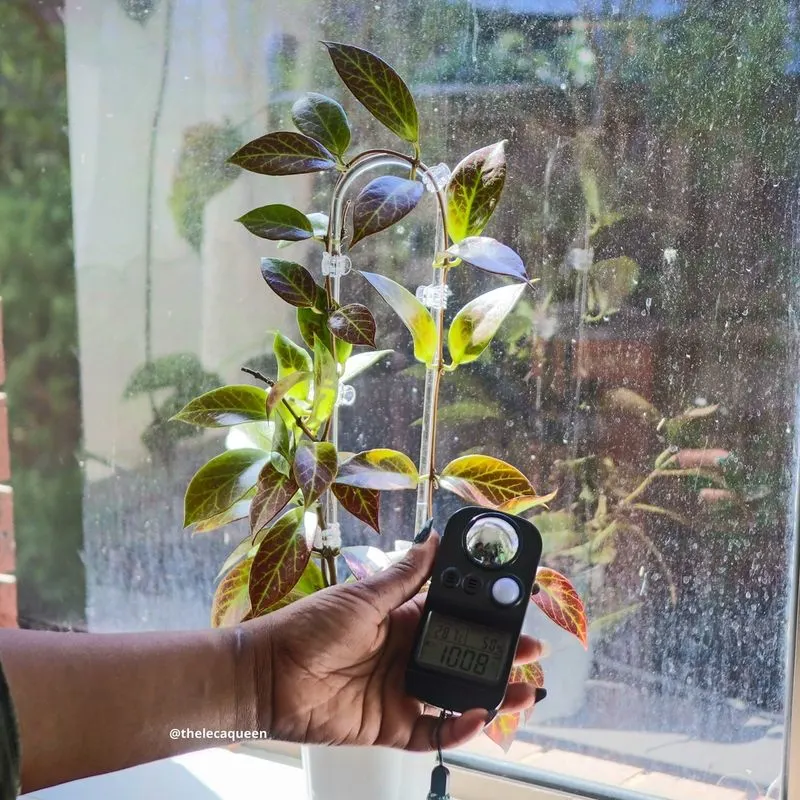
Ever wondered why your plant is leaning? It might be reaching for light. Proper lighting can make all the difference. Most houseplants thrive in bright, indirect sunlight.
However, each plant has its own preference. Move your pots to find the sweet spot. Too much direct sun can scorch leaves, while too little stunts growth.
Experimenting with different lighting conditions can lead to lush, vibrant plants. Once you identify and meet their lighting needs, your green companions will reward you with healthy foliage. It’s a simple tweak with noticeable results.
Regular Pruning
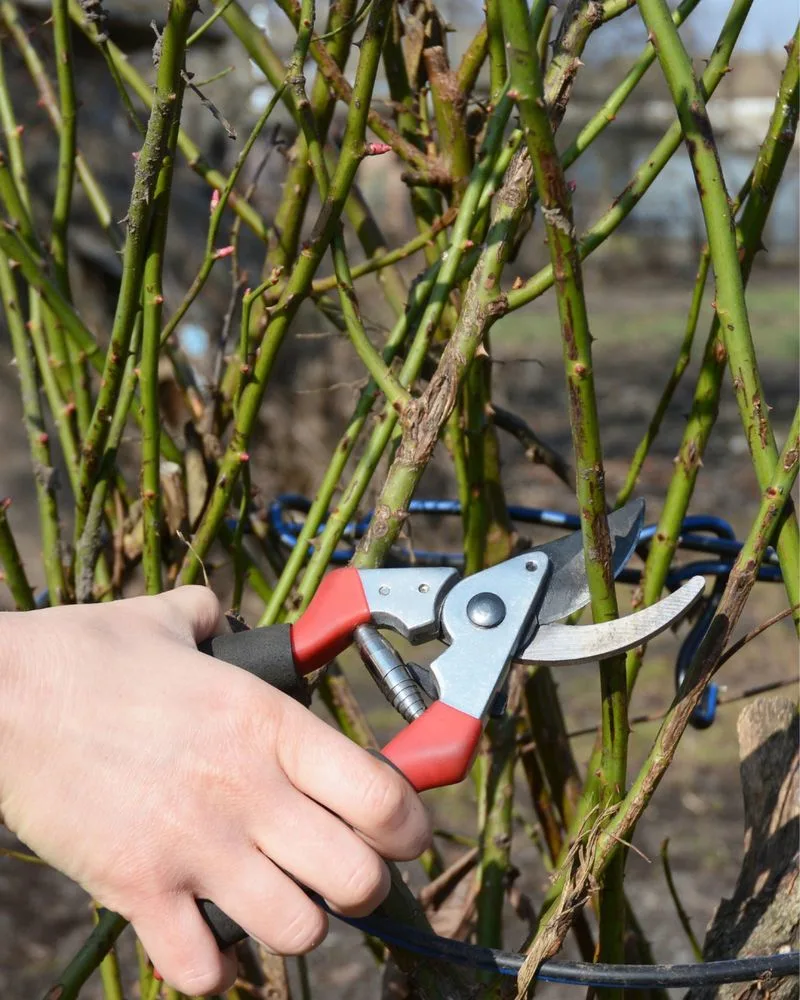
Pruning might seem daunting, but it’s essential for thriving plants. Cutting back dead or overgrown branches encourages new growth and strengthens the plant’s overall structure.
Start small; even a little trim can stimulate energy where it’s needed most. It’s like giving your plant a fresh haircut.
Not only does this keep the plant looking neat, but it also prevents disease by improving air circulation. So, grab those shears and snip away. Your plants will thank you for the attention with vigorous growth.
Adequate Pot Size
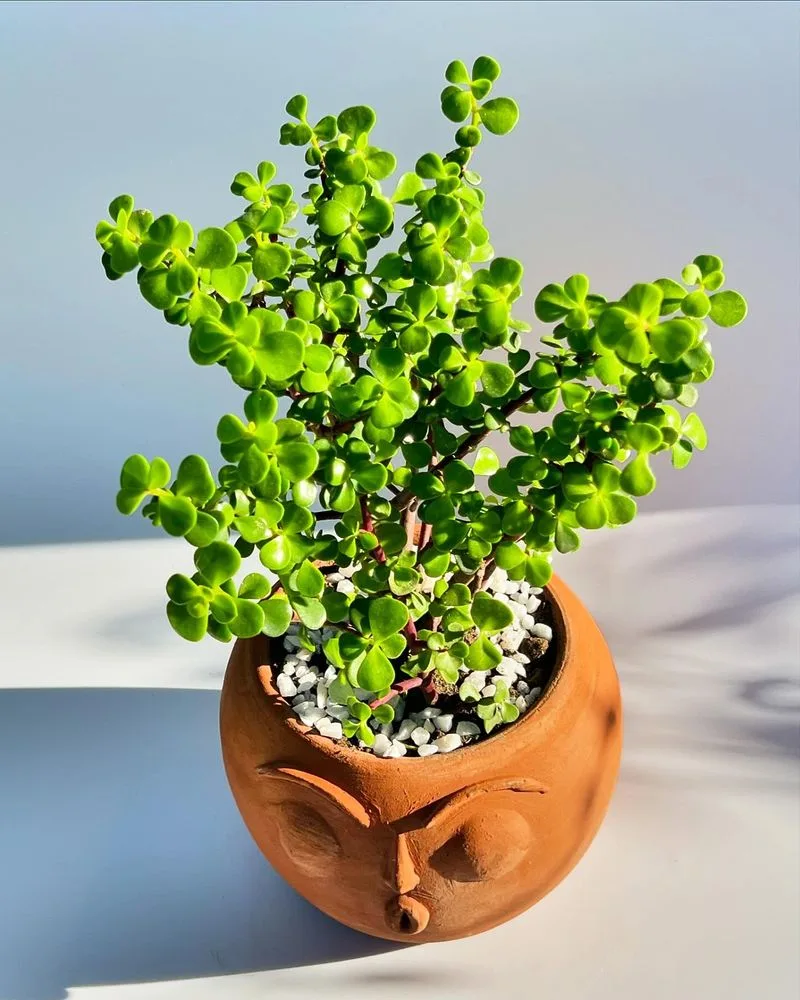
Outgrown pots can stifle your plant’s potential. As roots expand, they need room to breathe and absorb nutrients. Choosing the right pot size makes a significant difference.
If roots are peeking out or growth seems stagnant, it’s time to upgrade. Repotting into a larger container allows for better drainage and more space for roots to explore.
This change is particularly crucial for fast-growing plants. Notice an immediate boost in vitality once they settle into their new home. A simple switch in pot size can transform plant health.
Balanced Fertilization
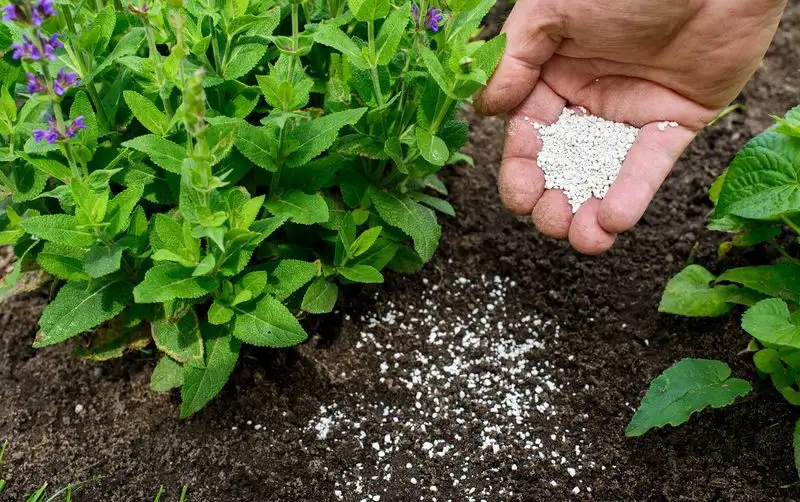
Fertilizing is more than just feeding; it’s about balance. Over-fertilization can harm as much as neglect. Plants need a nutrient boost, especially during the growing season.
Understanding your plant’s specific nutrient requirements is key. Choose a balanced fertilizer and follow the recommended dosage. Less is often more when it comes to feeding.
Regular and thoughtful fertilization promotes robust growth and vibrant blooms. As you master this balance, your plant’s health will visibly improve, showcasing richer colors and stronger stems.
Proper Drainage
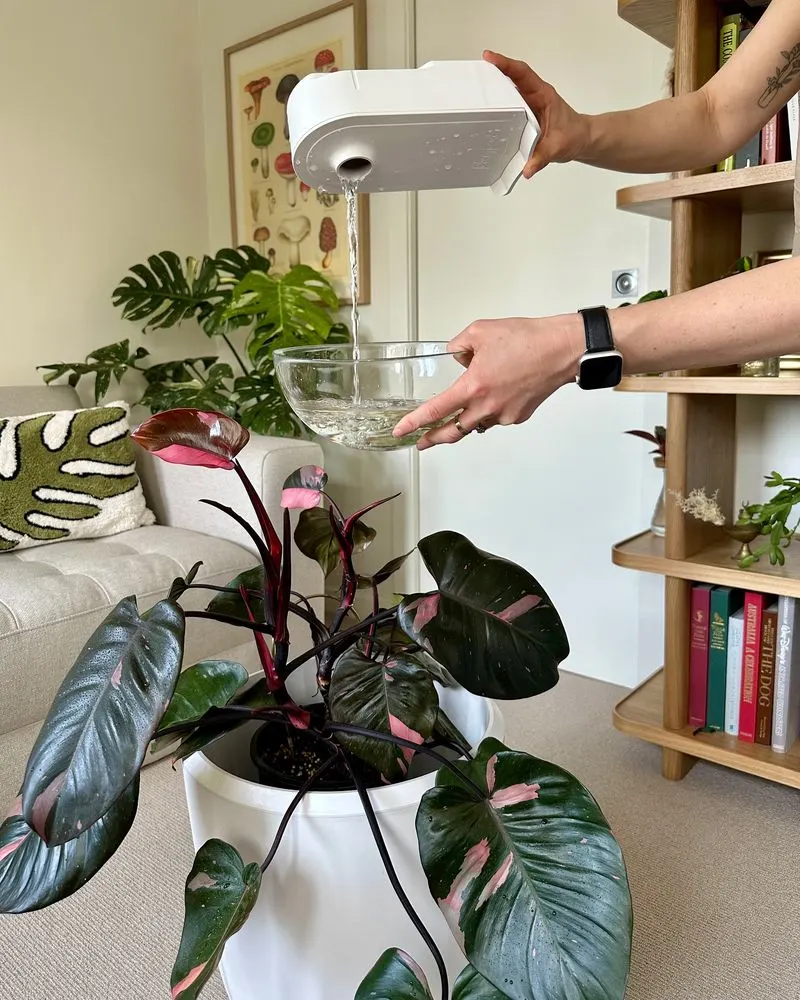
Have you checked your pot’s drainage lately? Proper drainage is vital to prevent waterlogging, which can lead to root rot. Ensuring that excess water escapes keeps roots dry enough to breathe.
Use pots with drainage holes and consider adding a layer of gravel at the bottom. This way, water flows freely, avoiding stagnant pools.
With this setup, your plants will thrive, as their roots remain healthy and oxygenated. It’s a tiny change, but it makes a world of difference in plant vitality.
Humidity Control

Is your plant looking dry and crispy? It might be thirsting for humidity. Many houseplants originate from tropical regions and crave a humid environment.
Using a humidifier or misting the leaves can simulate their natural habitat. Grouping plants together also helps create a microclimate.
Monitoring the humidity levels ensures your plant’s comfort and well-being. This simple environmental adjustment leads to healthier leaves and a thriving plant. Pay attention to their specific needs, and they’ll reward you with lush growth.
Soil Refreshment

When was the last time you refreshed your soil? Over time, soil loses nutrients, affecting plant health. Swapping out tired soil rejuvenates the plant’s environment.
Fresh soil ensures that roots have access to essential nutrients and adequate aeration. It’s like providing a breath of fresh air to your plant.
Consider doing this annually or when signs of nutrient deficiency appear. Your plants will respond with renewed vigor, displaying vibrant foliage and new growth. A little effort in soil management goes a long way.
Pest Management
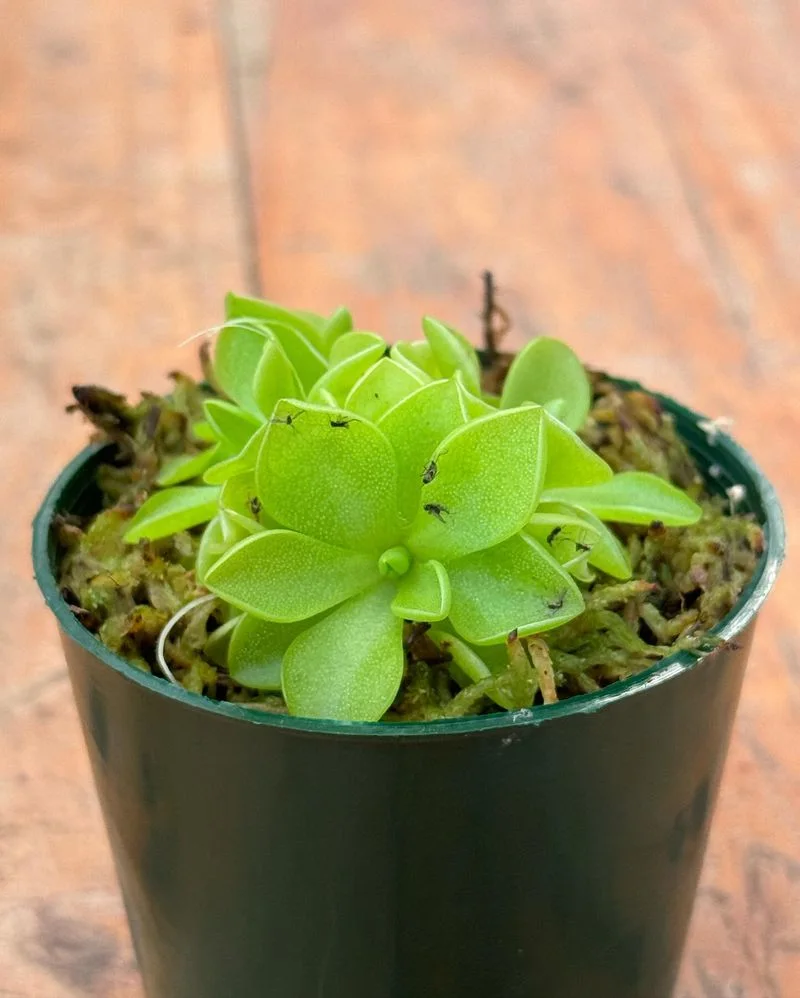
Insect invaders can wreak havoc if not managed promptly. Regularly inspect your plants for signs of pests like aphids or spider mites. Quick action prevents infestations from spreading.
Introduce natural predators or opt for organic pesticides to control the problem without harming your plant or the environment.
Vigilance in pest management can save your plant from stress and damage. Keep your green friends healthy and flourishing by maintaining a pest-free zone. Consistent monitoring is key to their well-being.
Temperature Regulation

Temperature can be a silent killer in plant care. Sudden fluctuations or extreme conditions stress plants immensely.
Keep them away from radiators, drafts, or direct cold windows. Most houseplants prefer a stable, moderate temperature similar to our indoor comfort levels.
Adjusting their placement according to season changes can prevent shock and promote steady growth. With careful temperature regulation, your plants will stay vibrant and resilient throughout the year.

